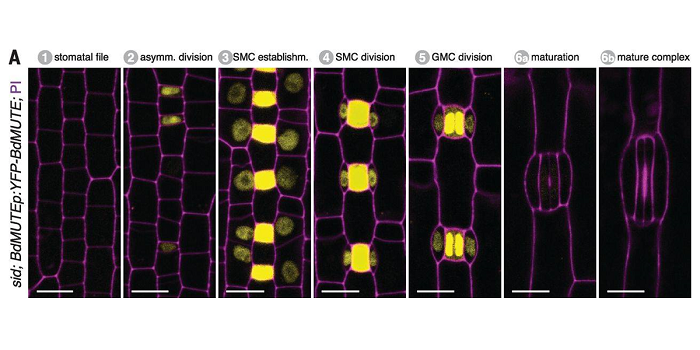
Mobile MUTE specifies subsidiary cells to build physiologically improved grass stomata ($)
Plants breathe through pores called stomata on leaf surfaces. Stomata are the point of contact with the outside world as they allow gas exchange (e.g., CO2 for photosynthesis) and transpiration. Grasses have evolved to form more efficient stomata in which the guard cells are flanked by additional subsidiary…
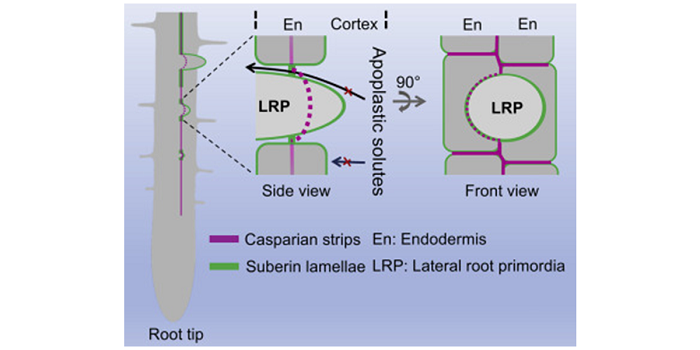
Role of LOTR1 in Nutrient Transport ($)
0 Comments
/
Casparian strips, named after the German botanist Robert Caspary who discovered them, are a cellular feature found in the roots of all higher plants. They are ring-like lignin polymers deposited in the middle of anticlinal cell walls (parallel to the root radius) between endodermal cells. Along with…
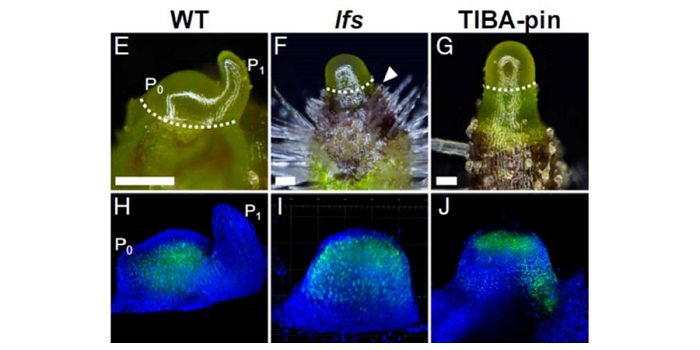
Coordination of auxin-triggered leaf initiation by tomato LEAFLESS ($)
Capua and Eshed explored the link between auxin and leaf initiation at the shoot apical meristem, using the tomato mutant leafless (lfs), which is an ortholog of the Arabidopsis DORNRONSCHEN (DRN) and DRN-like (DRNL) genes that encode AP2-type transcription factors. The lfs mutant and the drn/drnl double…
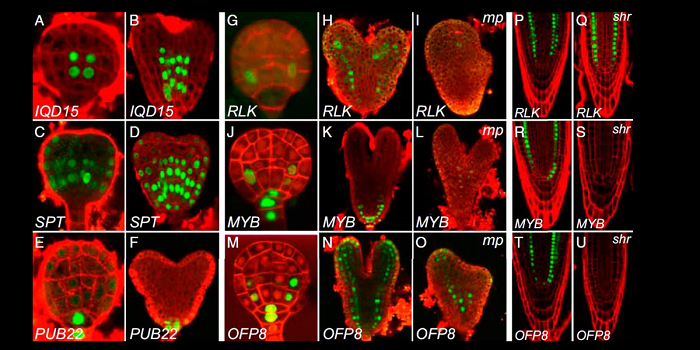
Cell-autonomously controlled ground tissue initiation by auxin in early Arabidopsis embryo ($)
MONOPTEROS is an auxin-response factor (ARF) that is necessary for root formation during early embryogenesis. Its activity is modulated by BODENLOS (BDL), an Aux/IAA protein that is degraded in the presence of auxin. Möller et al. investigated the transcriptional targets of MP in very early embryos…
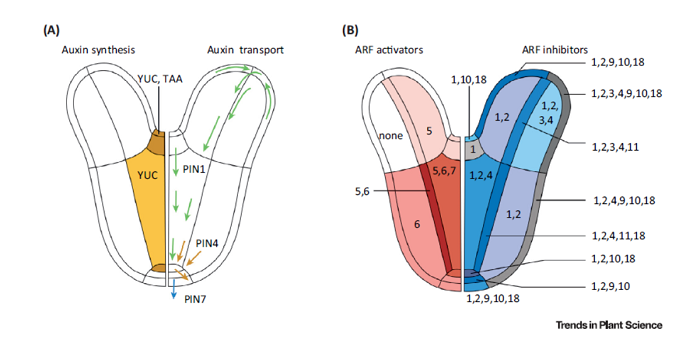
Review: The systems biology of auxin in developing embryos ($)
The transcriptional response to auxin depends in large part on the interactions between ARF transcription factors and the Aux/IAA transcription inhibitors that interact with them. The crucial role of auxin in embryo patterning is revealed by the embryo patterning defects observed in mutants of ARF and…

Reviews: Nature Insight: Plants ($)
Nature journal published a special “Plant Insights” section featuring several excellent reviews. Zipfel and Oldroyd review Plant signalling in symbiosis and immunity (10.1038/nature22009), Bevan et al. write about Genomic innovation for crop improvement (10.1038/nature22011), Scheres and van der…
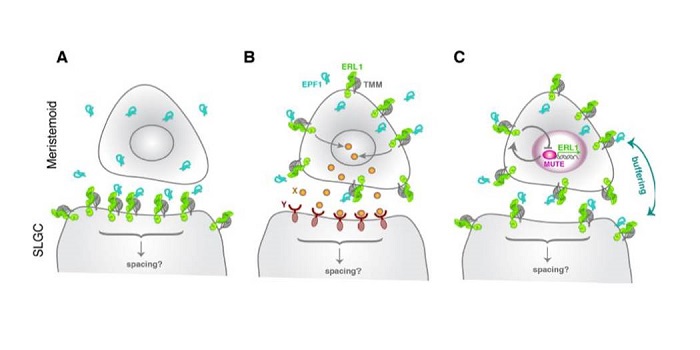
Autocrine regulation of stomatal differentiation potential by EPF1 and ERECTA-LIKE1 ligand-receptor signaling
The patterning of stomata in epidermal tissues involves both positive and negative cues, as revealed by the phenotypes of mutants including too many mouths and speechless, but the precise interactions between identified gene products are still not fully resolved. Qi et al. explore the interactions between…
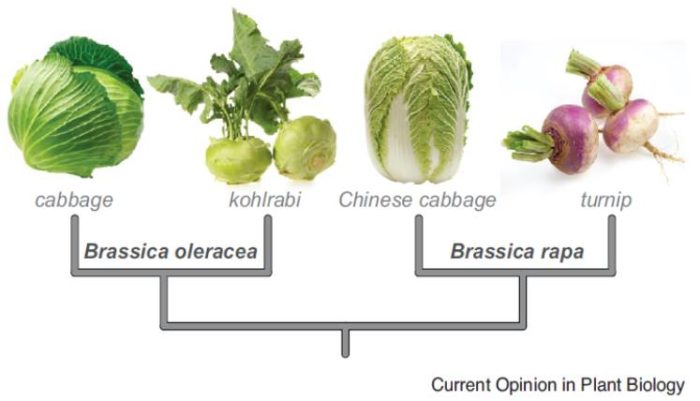
Review: Using mustard genomes to explore the genetic basis of evolutionary change ($)
Brassicaceae is one of the largest angiosperm families and provides many opportunities for studies of evolution. Of course, its most famous species, Arabidopsis thaliana is an important resource, but Brassicaceae also includes the very interesting Brassica crops (cabbage, turnip) that demonstrate the…
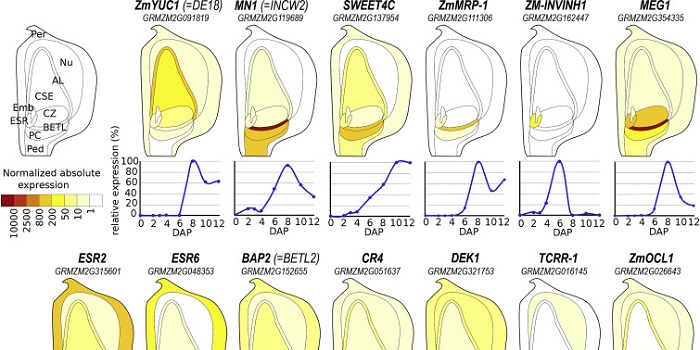
Review: Signaling in early maize kernel development
The formation of a maize kernel requires growth coordination between embryo, endosperm, and surrounding maternal tissues. Key molecular actors in this coordination are hormones, sugars, peptides and transcription factors. Doll et al. review recent advances in our understanding of maize kernel development,…

